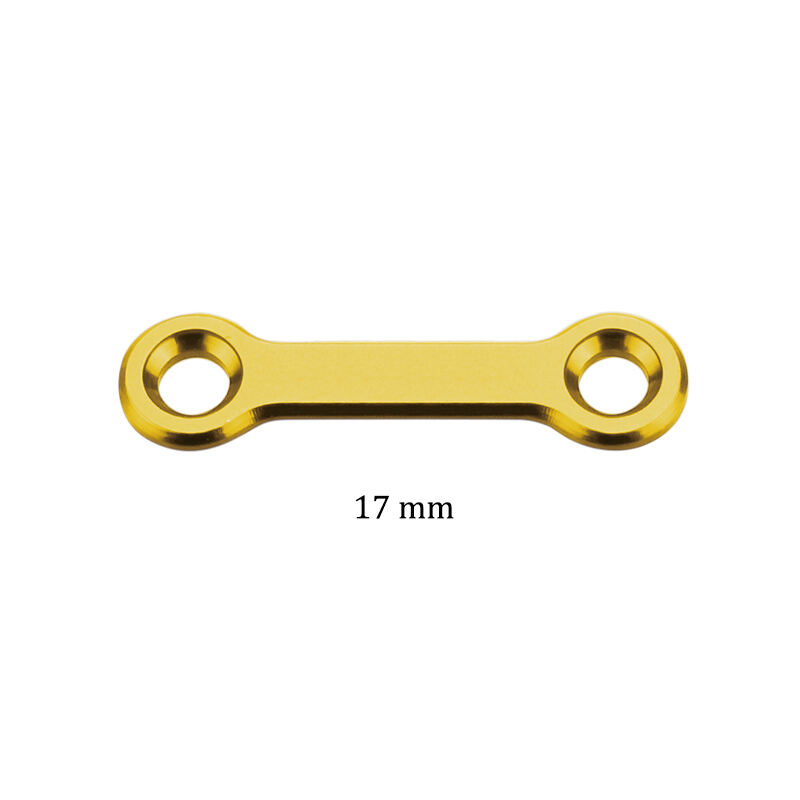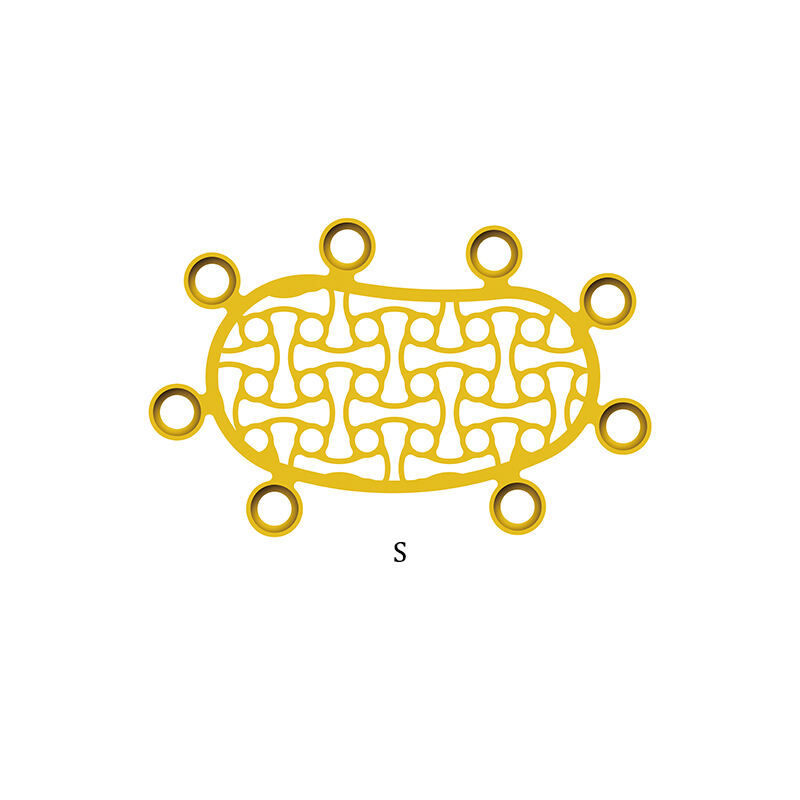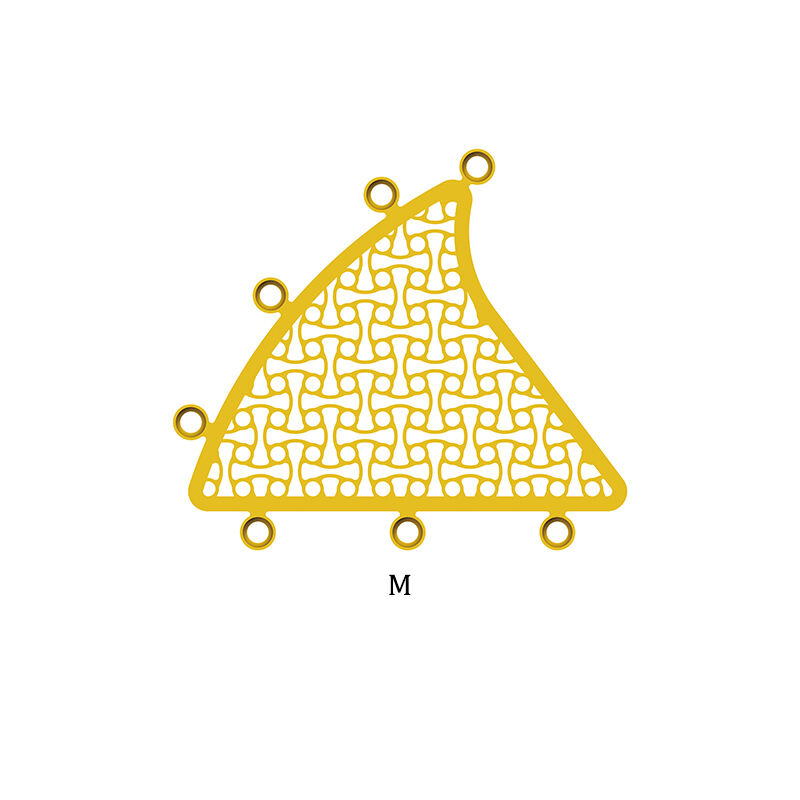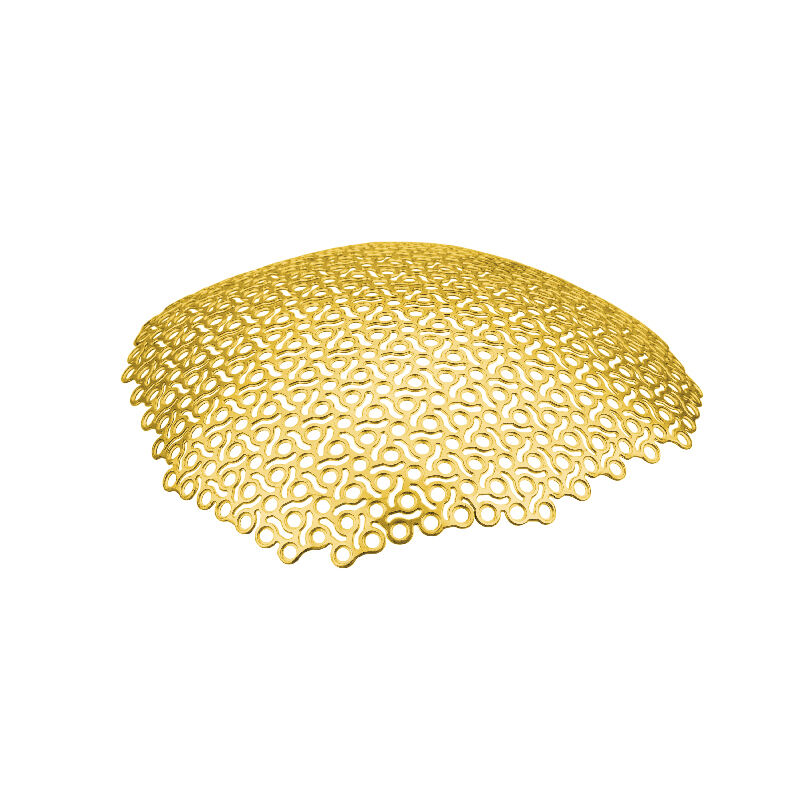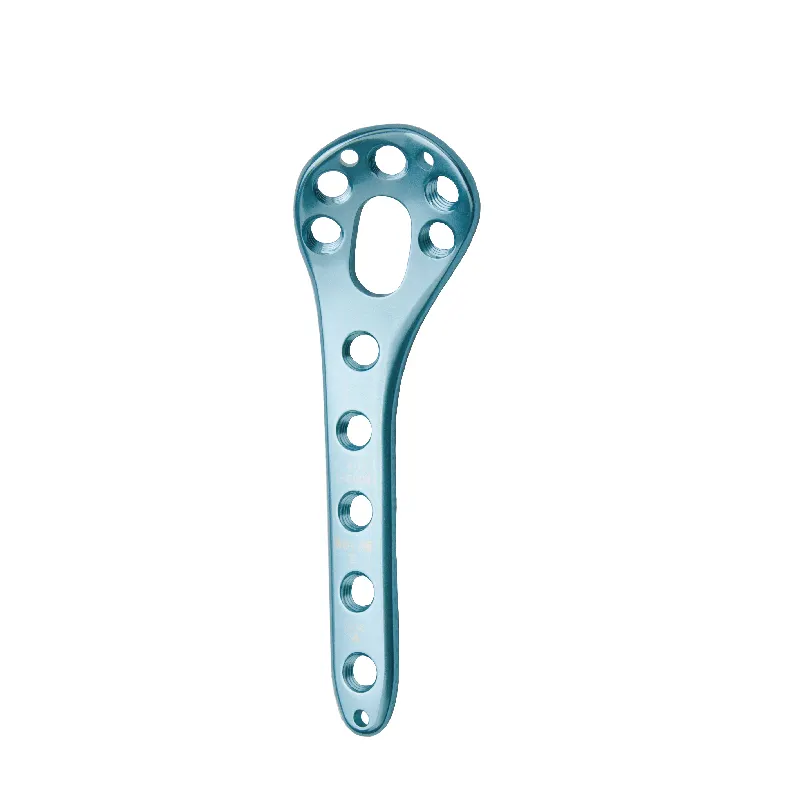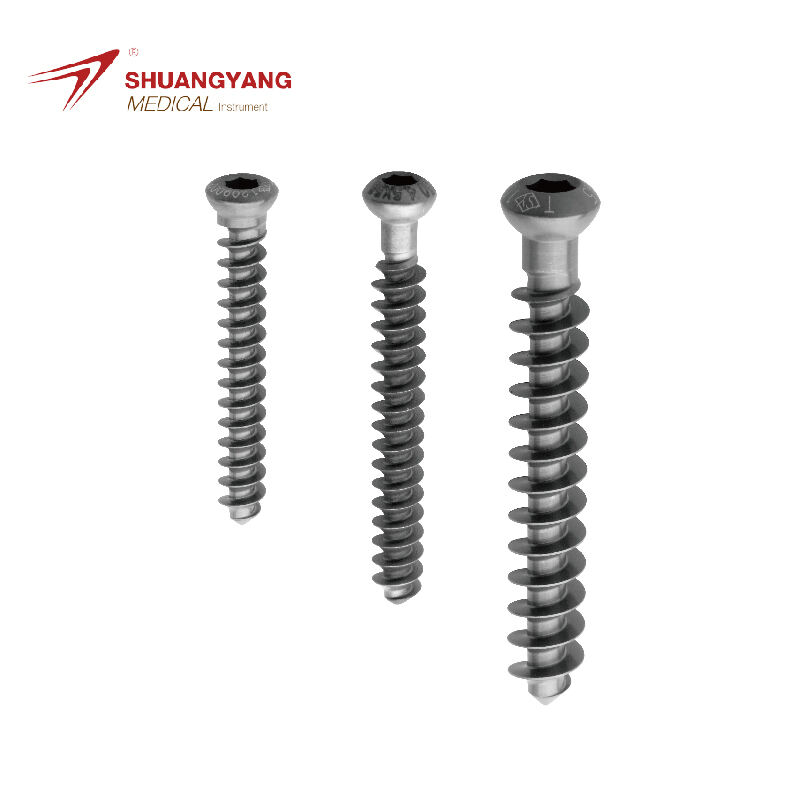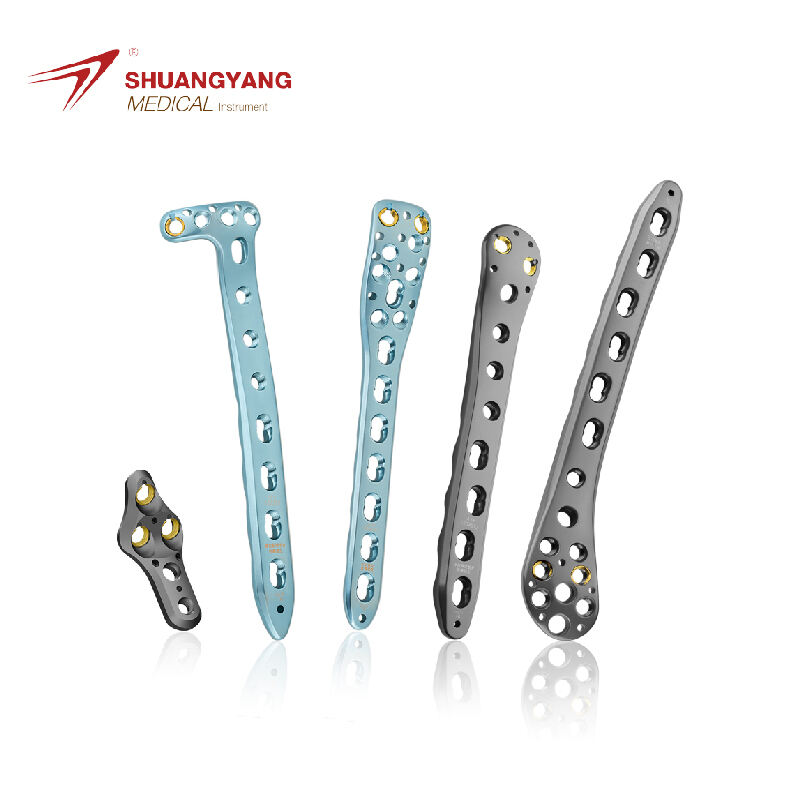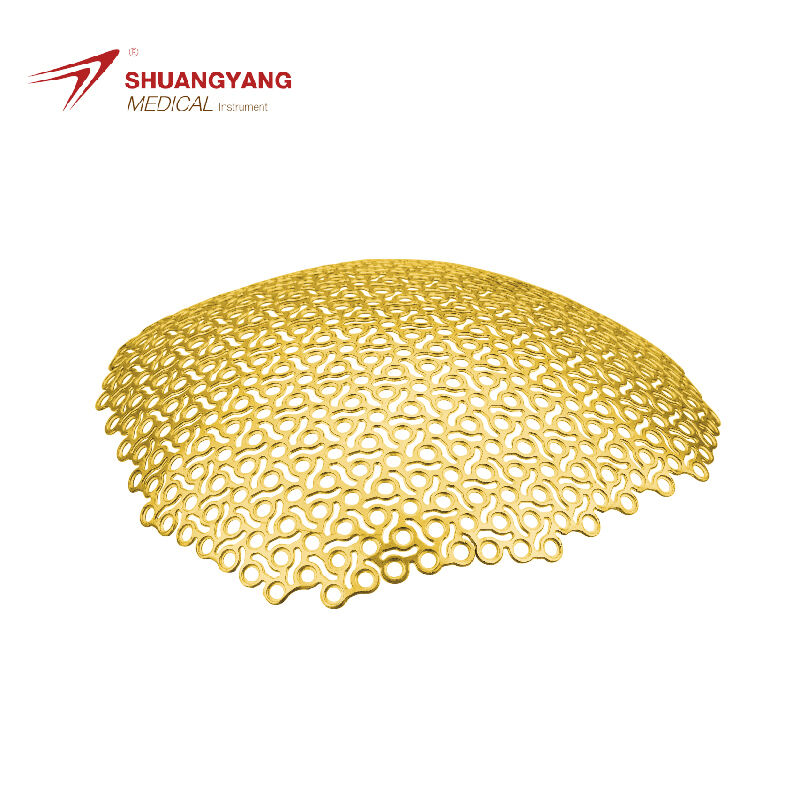plate for humerus fracture
The plate for humerus fracture is a medical device designed to stabilize and support the repair of broken humerus bones. Its main function is to hold the bone fragments in place, allowing for proper alignment and healing. Technological features of this plate include high-grade surgical stainless steel construction for durability and compatibility with the body, as well as a low-profile design that minimizes soft tissue irritation. The plate's screw holes are strategically placed to allow for flexible fixation, accommodating various types of fractures. This device is commonly used in orthopedic surgeries, particularly for treating complex or comminuted humerus fractures where other methods may not be sufficient. Its applications extend to both adults and children, making it a versatile tool in an surgeon's arsenal.
 EN
EN
 FR
FR
 ES
ES
 AR
AR

